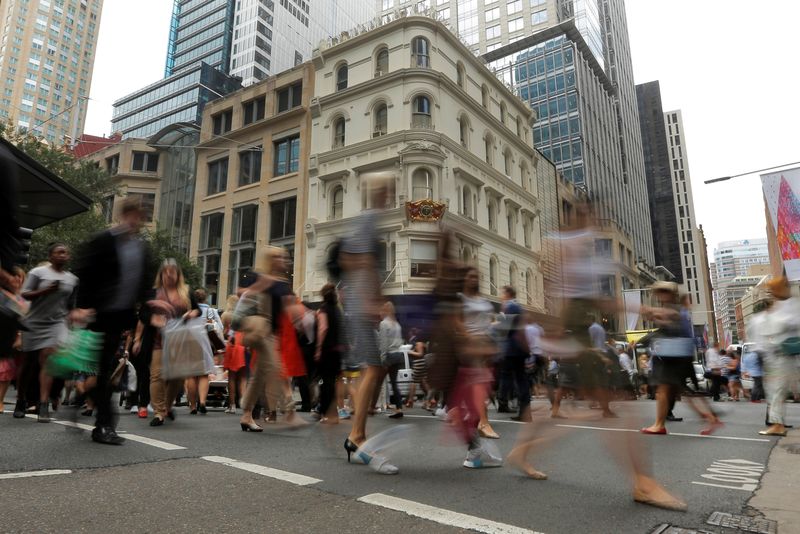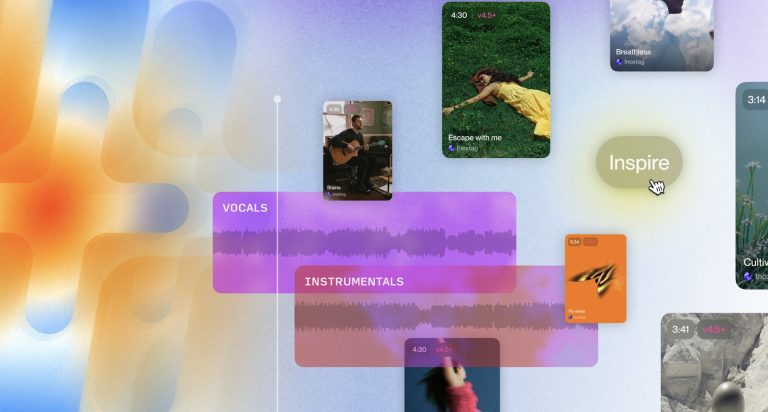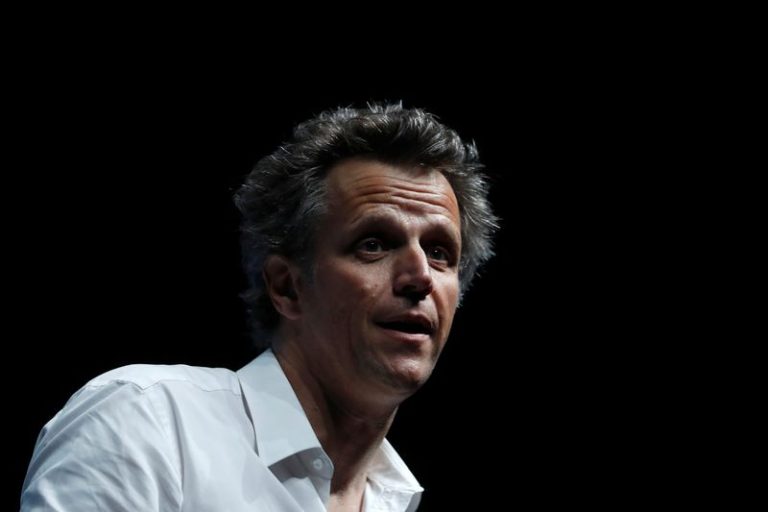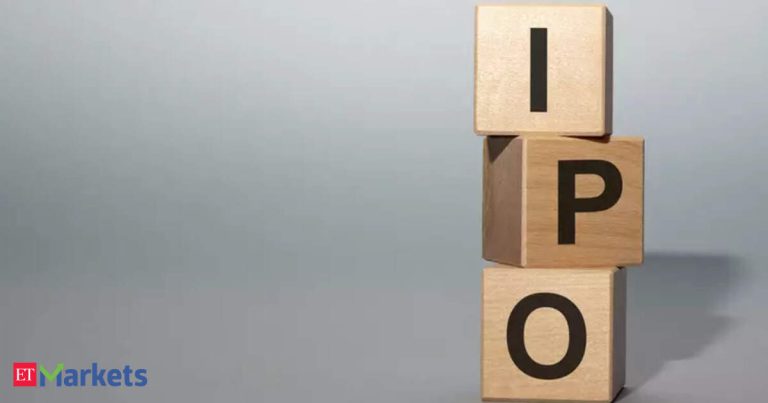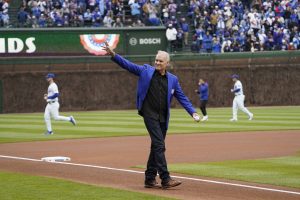By Stella Qiu
SYDNEY (Reuters) -Australian employment rose only marginally in June as the jobless rate jumped to the highest since late 2021, showing perhaps the first crack in what had been an unusually resilient labour market and adding to the case for a rate cut next month.
Investors sent the Australian dollar down 0.7% to $0.6480, the lowest in over three weeks. Three-year government bond yields slid 10 basis points to 3.386% as markets ramped up bets for an August rate cut to 85% from 76% previously.
Figures from the Australian Bureau of Statistics out on Thursday showed net employment rose 2,000 in June from May, when it fell by an upwardly revised 1,100. That was well short of market forecasts for a 20,000 increase, though the series has been volatile in recent months.
Most importantly, the jobless rate popped up to 4.3%, from 4.1%, the highest since November 2021 and a jolt after months of stable readings. The Reserve Bank of Australia was expecting the unemployment rate to peak at 4.3% by the end of the year.
“While we’re still not ringing the alarm bells, June’s slackening is another good reason for the RBA to get a wriggle on with rate cuts,” said Harry Murphy Cruise, head of economic research at Oxford Economics Australia.
“Looking ahead, the labour market has a number of challenges nipping at its heels. First and foremost, President Trump’s tariffs are weighing on business investment and prompting some firms to rethink hiring plans.”
The labour market had proven unexpectedly resilient even as the economy overall barely grew. That was a reason that the RBA shocked markets earlier this month and held interest rates steady at 3.85%, having cut them twice this year.
It is still not convinced inflation has been tamed, and is waiting for confirmation from the third quarter consumer price data due at the end of July. So far, the reductions in interest rates have done little to spur consumers into spending, and economic growth has stayed subdued.
Details of the Thursday’s report were weak. Full-time jobs dropped 38,200 in June, while hours worked fell back 0.9% after a sharp rise in May. The participation rate ticked up to 67.1%.
That was somewhat at odds with leading indicators such as job vacancies, which showed signs of steadying after falling from their peaks in 2022, up 2.9% in the May quarter. Private sector data for June also showed job ads rebounded to one-year highs.
“There are clear signs of deceleration emerging in the labour market. This calls into question the RBA’s decision to prioritise inflation over growth and jobs at its meeting earlier this month,” said Tony Sycamore, analyst at IG.
